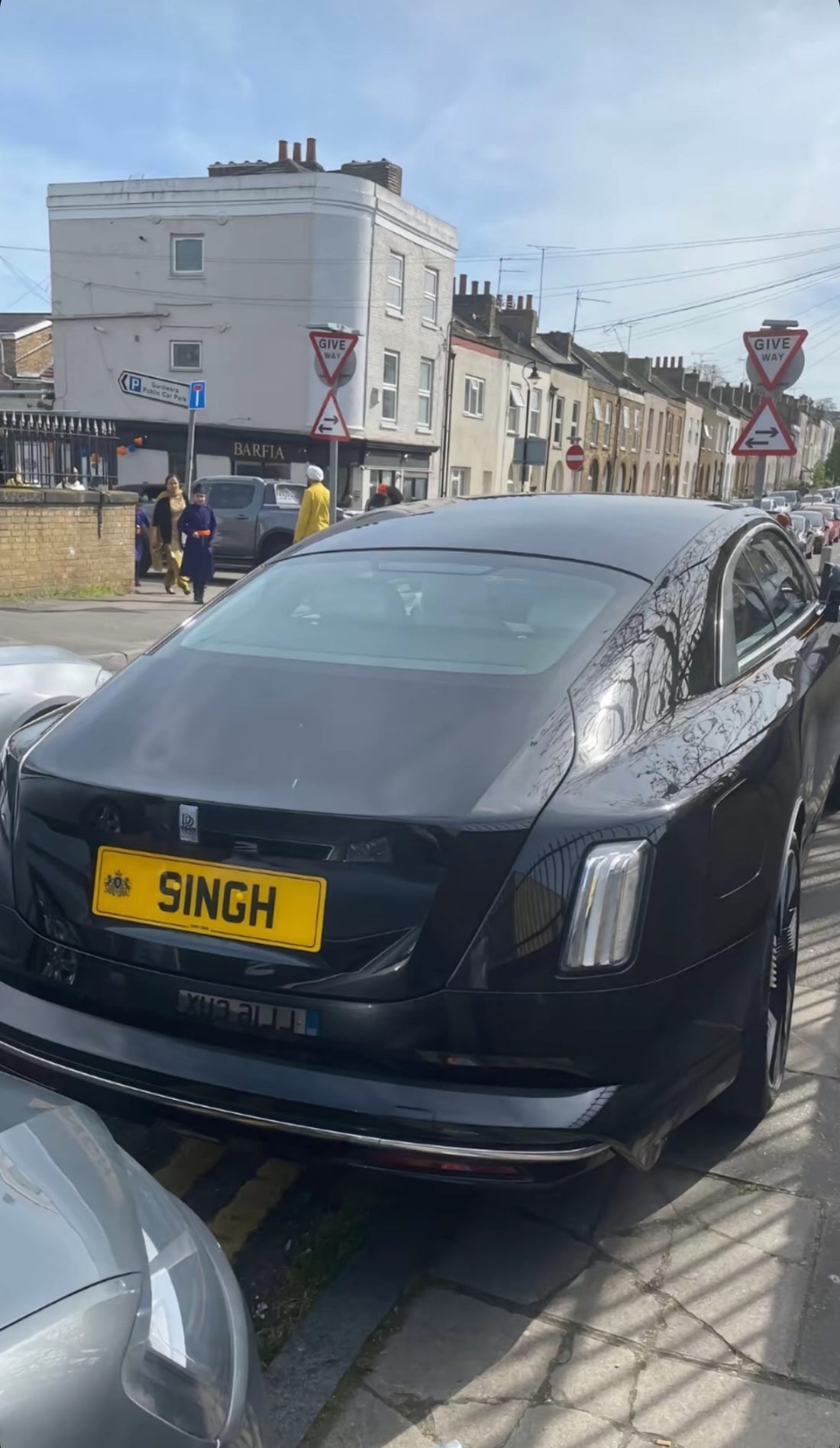The Story of UK Number Plates: From 1903 to Today
When you’re driving along the roads of the UK, you probably don’t give your number plate a second thought. It’s just one of those things that comes with owning a car, right? But take a moment to consider that humble little rectangle of metal or plastic it’s actually got quite the history. The number plate has been with us for over a century, evolving in step with the growth of the motor car itself.
In this blog, we’ll take a closer look at the history of UK number plates. From the very first car registrations in 1903 to the high-tech plates of today, there’s a surprising story behind those seemingly simple digits and letters.
The Beginning: 1903 – The Motor Car Act
The year is 1903. The motorcar was still a new-fangled invention, and roads were a far cry from the busy, multi-lane highways we know today. But the arrival of motor vehicles raised a practical issue—how do you identify them? After all, we couldn’t just have any old car speeding down the road without some way of knowing who owned it or where it came from.
That’s when the Motor Car Act was passed, and the first step toward the number plate system we know today was taken. The Act required that all vehicles be registered with a local authority and display a unique registration number. This was the very beginning of our number plate system.
At first, the plates were nothing fancy—just simple iron or aluminum plates with black painted numbers and letters. The system wasn’t standard across the country; instead, different areas had their own ways of assigning registration numbers. For example, a car registered in London might have started with an “A”, while a car in Birmingham might have used a “B”.
The 1930s: A Step Towards Standardization
By the 1930s, as more and more cars hit the road, it became clear that a more uniform system of registration was needed. In 1932, a new law was introduced that made the format for number plates more consistent.
The plates now followed a structure of letters, numbers, and letters, making it easier to determine where a vehicle was registered and when. For example, a plate might read “AB 32 123”—the letters at the beginning indicated the local area, the “32” indicated the year (1932), and the numbers that followed were unique to that vehicle.
Although the plates were still relatively simple in design, this new system made it easier for authorities to keep track of vehicles and for citizens to recognize the age and origin of a car.
The 1960s: The Modern Number Plate System Begins
By the 1960s, the number of cars on the road had exploded, and the previous system just wasn’t cutting it anymore. That’s when the Vehicle Excise and Registration Act came into play in 1963, bringing a major overhaul to the number plate system. This was the birth of the number plate format that we’re most familiar with today.
Under the new system, the plates consisted of:
1. Two letters indicating the area where the car was registered (for example, “AB” for London),
2. A unique number, and
3. A letter at the end to indicate the year the vehicle was first registered.
So, a number plate like “ABC 123C” would tell you that the car was registered in London and, based on the letter "C", you’d know it was registered in 1965.
One of the most significant changes was the addition of the year letter, which made it easier to tell how old a car was just by looking at its plate. This made the plates even more useful for authorities and helped to standardize vehicle registration across the UK.
The 2000s: The New Number Plate System
Fast forward to 2001, and the UK rolled out another change to the number plate system. The format shifted again, and it became a bit more streamlined. The new system introduced a **date-based identifier**, with two parts: one representing the year the car was registered and the other showing the period of the year in which it was registered.
So, a car registered in March 2024 would have a plate like **AB24 CDE**. The “24” would indicate that the car was registered between March and August 2024, and the “CDE” is just a random set of letters to make the number unique.
This new system made it even easier to determine the age of a vehicle at a glance. No longer did the plates use the suffix system of previous years, which had become increasingly complicated. Instead, this new system was neat, tidy, and easy to read.
Additionally, modern plates are **reflective**, which makes them easier to see in low light conditions—an essential feature for road safety. They've also become more durable, with built-in anti-theft and anti-counterfeit features to keep up with advancements in technology.
Personalization: Number Plates as Status Symbols
One thing that has changed dramatically over the years is the rise of personalised number plates.Today, number plates aren’t just for identification—they’ve become a way to express personality, make a statement, or even signal wealth. Custom plates, with unique combinations of letters and numbers, have become highly coveted, with some selling for eye-watering amounts of money.
For example, plates that feature names, initials, or even words like “LOVE” or “MONEY” are in high demand. Some people are willing to pay tens of thousands—sometimes even millions for these plates, turning them into coveted luxury items.
The idea of having a personal or unique number plate is now ingrained in UK car culture, and for many, it’s about more than just avoiding the generic; it’s about owning something rare and prestigious.


